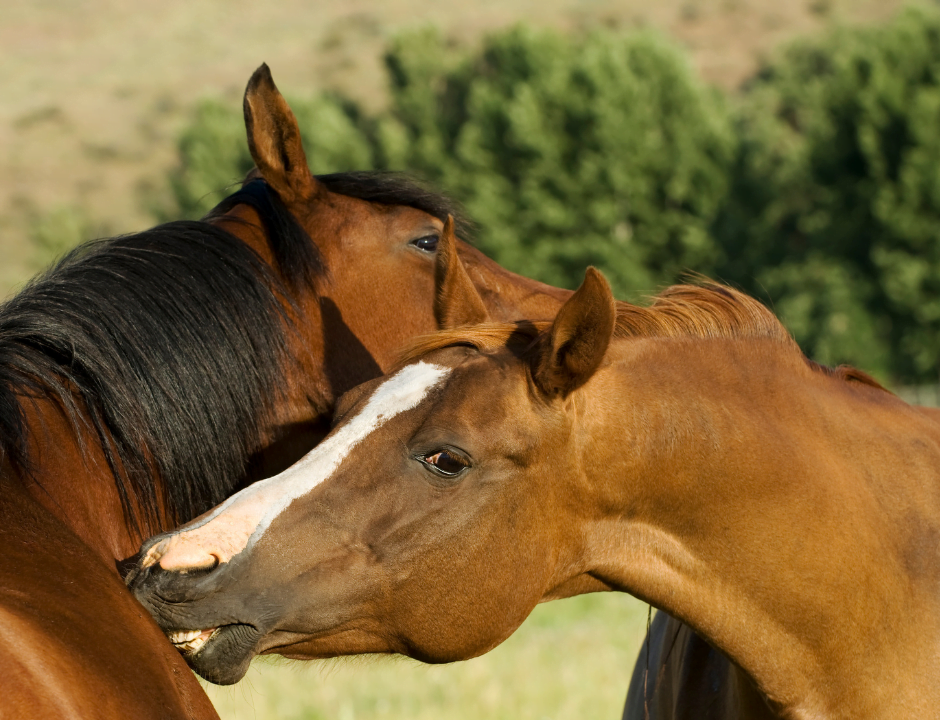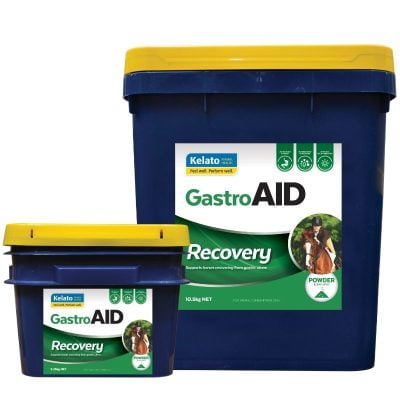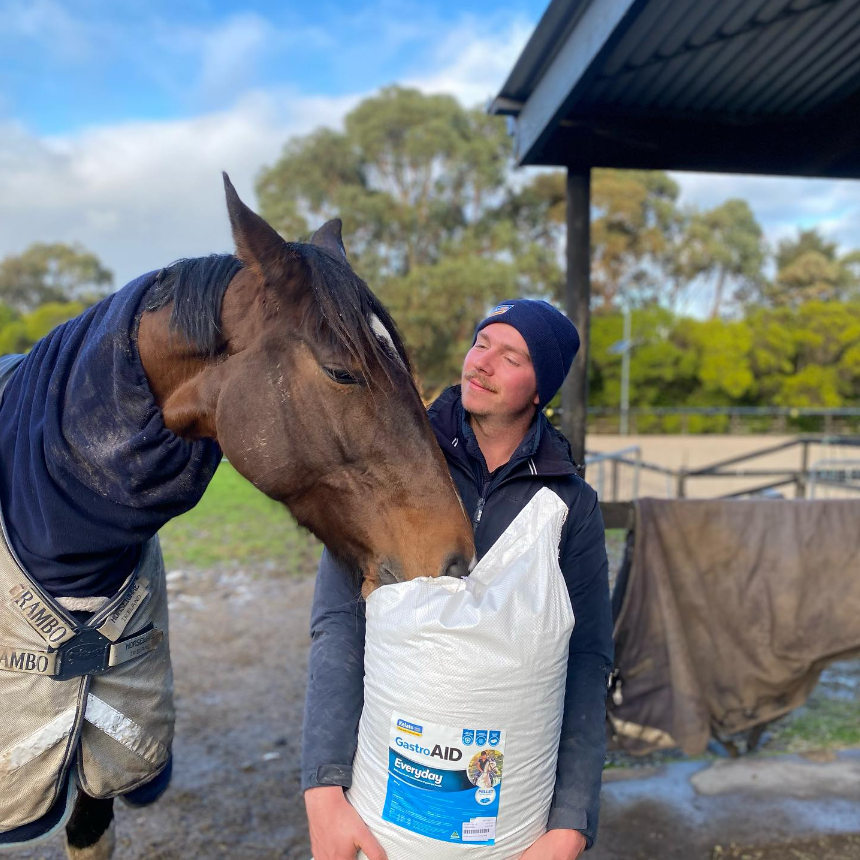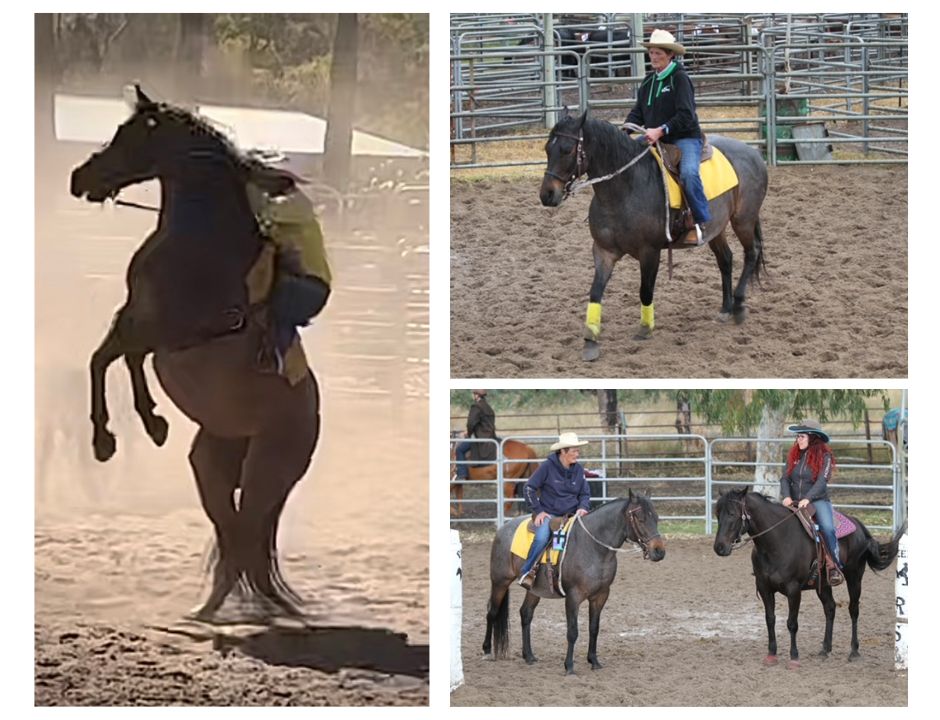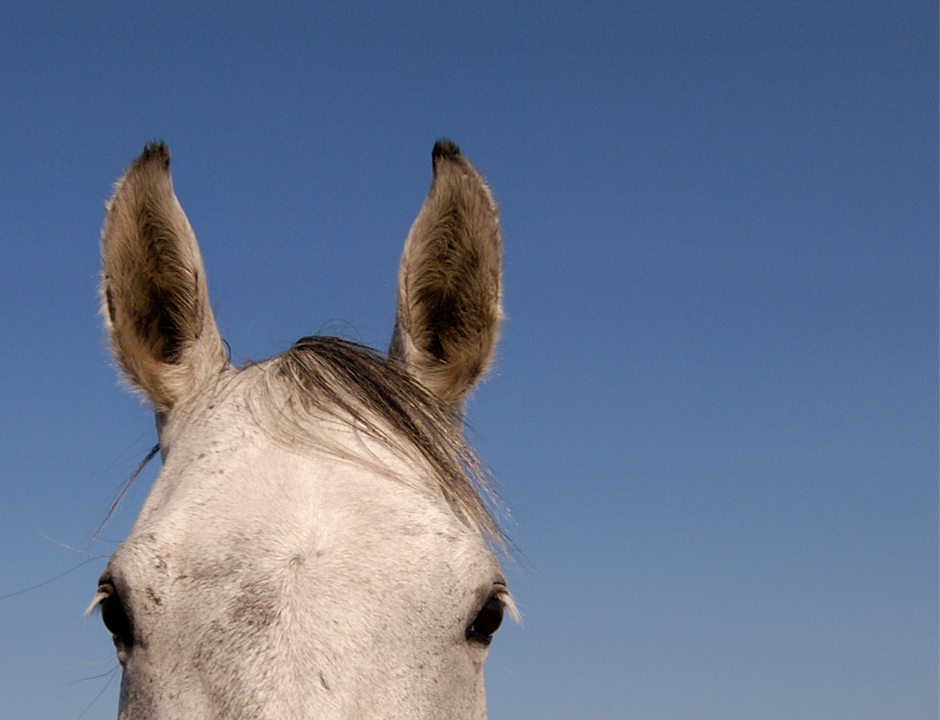Let’s talk about the main risk factors that are associated with this disease so that you can feel equipped to make management changes to reduce the risk of EGUS occurrence.
Quick reminder: EGUS is divided into Equine Squamous Gastric Disease (ESGD) and Equine Glandular Gastric Disease (EGGD).
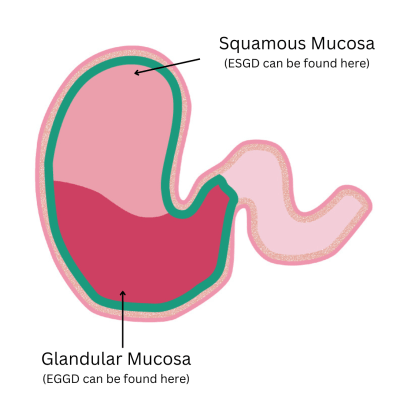
Equine Squamous Gastric Disease
Ulcers in this area occur when the squamous mucosa is exposed to acid, which burns the sensitive lining. ESGD is primarily a disease of domestication and intensive management with exercise and diet being the main risk factors leading to disease.
- Exercise: the duration of exposure is what is important. Anything from a trot and above causes stomach acid to be pushed up into the squamous mucosa. If your horse is exercised on an empty stomach the acid will slosh around and burn the sensitive squamous mucosa.
- Diet: Diets high in soluble carbohydrates (i.e., starch and sugar) lead to an increase in volatile fatty acid (VFA) production in the stomach worsening hydrochloride (HCL) acid injury to the squamous mucosa. It’s important to note that the studies demonstrating carbohydrates as a risk factor for squamous disease used very high carbohydrate diets that are more comparable to the racehorse diet. This is why we see so much squamous disease in racehorse populations.
Overall ESGD management tips
- Feed adequate forage and variety
- Reduce the duration of exercise and focus on high-intensity interval training
- Never exercise your horse on an empty stomach. Create a fibre mat that acts as a physical barrier to reduce the chance of acid splashing.
- Feed long stem forage that is high in calcium content and buffering capacity prior to exercise (such as lucerne)
- Aim for diets lower in soluble carbohydrates
- Feed cooked grains (e.g., extruded grains) rather than uncooked grains
- Feed small meals often. If we have periods of more than 6 hours without feeding, the risk of ESGD increases by 4-5 times.
- Include a digestive health supplement
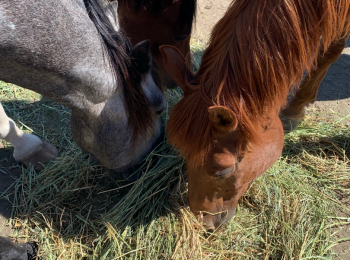
Equine Glandular Gastric Disease
EGGD involves a breakdown of the muco-bicarbonate layer. We often see inflammatory and erosive lesions rather than true ulcer perforation in this area. The risk factors for EGGD are much less well described but consist of non-steroidal anti-inflammatory drug use (NSAIDs), exercise without rest days, stress, and breed.
- NSAID use: The high-dose use of NSAID’s such as phenylbutazone (bute) in horses has the potential to cause glandular disease. Care must be taken when administering NSAIDs and veterinary recommendations must be followed.
- Exercise: Horses exercised 5-7 days a week are 10 times more likely to develop EGGD than horses exercised less than 4 days (Sykes et.al 2019). This shows the importance of rest days for glandular gastric health.
- Stress: There is a growing body of evidence to connect behavioural stress to the glandular disease process. Research has discovered that an increased number of riders or handlers increased the risk of EGGD (Mönki et al. 2016). This discovery came back to the concept of behavioural stress as horses are routine animals and can engage or bond with individuals differently and these changes can be stressors.
- Breed disposition: Research discovered a breed disposition for EGGD in Warmbloods (Mönki et al. 2016). Further research is needed to indicate if the warmbloods were genetically predisposed, if this is an implication of their behaviour or if this breed is more sensitive and reactive to their environment.
Overall EGGD management tips
- Include at least 3 rest days per week to allow mucosal recovery and repair from exercised-induced injury
- Implement short, focused, intense training sessions rather than drawn out sessions
- Increase environmental enrichment
- Allowing horses to express their natural behaviour with cohabitation and mutual grooming will significantly benefit their welfare
- Limit the number of different riders and handlers
- Include a digestive health supplement
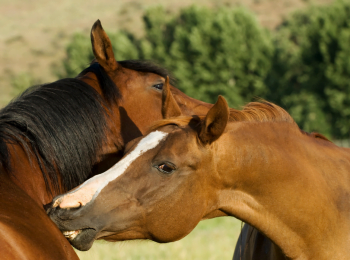
Where does GastroAID Recovery fit in?
Kelato created a natural, premium supplement like no other on the Australian market, to make sure your EGUS toolbox is equipped to tackle the ulcer journey!
GastroAID Recovery targets both foregut and hindgut health and is formulated to support horses recovering from EGUS, those who have a history of EGUS and/or support horses during high-risk periods.
GastroAID Recovery features:
- Buffers Gastric Acid
- Coats Stomach Lining
- Strengthens Stomach Lining
- Promotes Beneficial Microbes
- Moderates Gut Transit Time
The benefits of GastroAID Recovery:
- The BEST supplement to use in EGUS horses
- Easy to feed! It is palatable and can be mixed straight into the horse’s feed
- Superior feed conversion to ensure what you are feeding is not going to waste
- Increases appetite
- Effective pre- and probiotics help with manure consistency and stabilising hindgut pH
- Improves temperament
- All ingredients are clearly listed on the label
Why choose GastroAID Recovery?
GastroAID Recovery is UNIQUE and the only product on the Australian market that creates an “alkaline slime” in the stomach through the inclusion of a combination of coating agents, pectin and lecithin, and buffers. This combination provides an enhanced barrier for the squamous mucosa to help form a barrier over the stomach wall to protect it from acid burn and strengthen the mucosal lining whilst also supplementing the natural defence mechanisms of the glandular mucosa.
GastroAID Recovery the BEST product on the market for TOTAL gut health. For hindgut health, the prebiotic and live yeast probiotic work together to stabilise hindgut pH, maintain a healthy hindgut environment, stimulate the growth of beneficial microbes and enhance feed conversion efficiency.
THOUSANDS of horse owners have reported incredible results using GastroAID Recovery, such as fussy eaters licking their feed bowls out, relaxed and willing horses, shinier coats, improved body condition, firmer manure consistency and overall improvements in performance!
Want to make sure your horse’s total gut health is supported by the BEST product on the market? Head to the GastroAID Recovery page, get in touch at 1800 KELATO or email technical@kelato.com.au.
REFERENCES
Mönki, J, Hewetson, M & Virtala, A-MK 2016, ‘Risk Factors for Equine Gastric Glandular Disease: A Case-Control Study in a Finnish Referral Hospital Population’, Journal of Veterinary Internal Medicine, vol. 30, no. 4, pp. 1270 – 1275.
Sykes, BW, Bowen, M, Habershon-Butcher, JL, Green, M & Hallowell, GD 2019, ‘Management Factors and Clinical Implications of Glandular and Squamous Gastric Disease in Horses’, Journal of Veterinary Internal Medicine, vol. 33, no. 1, pp. 233 – 240.
